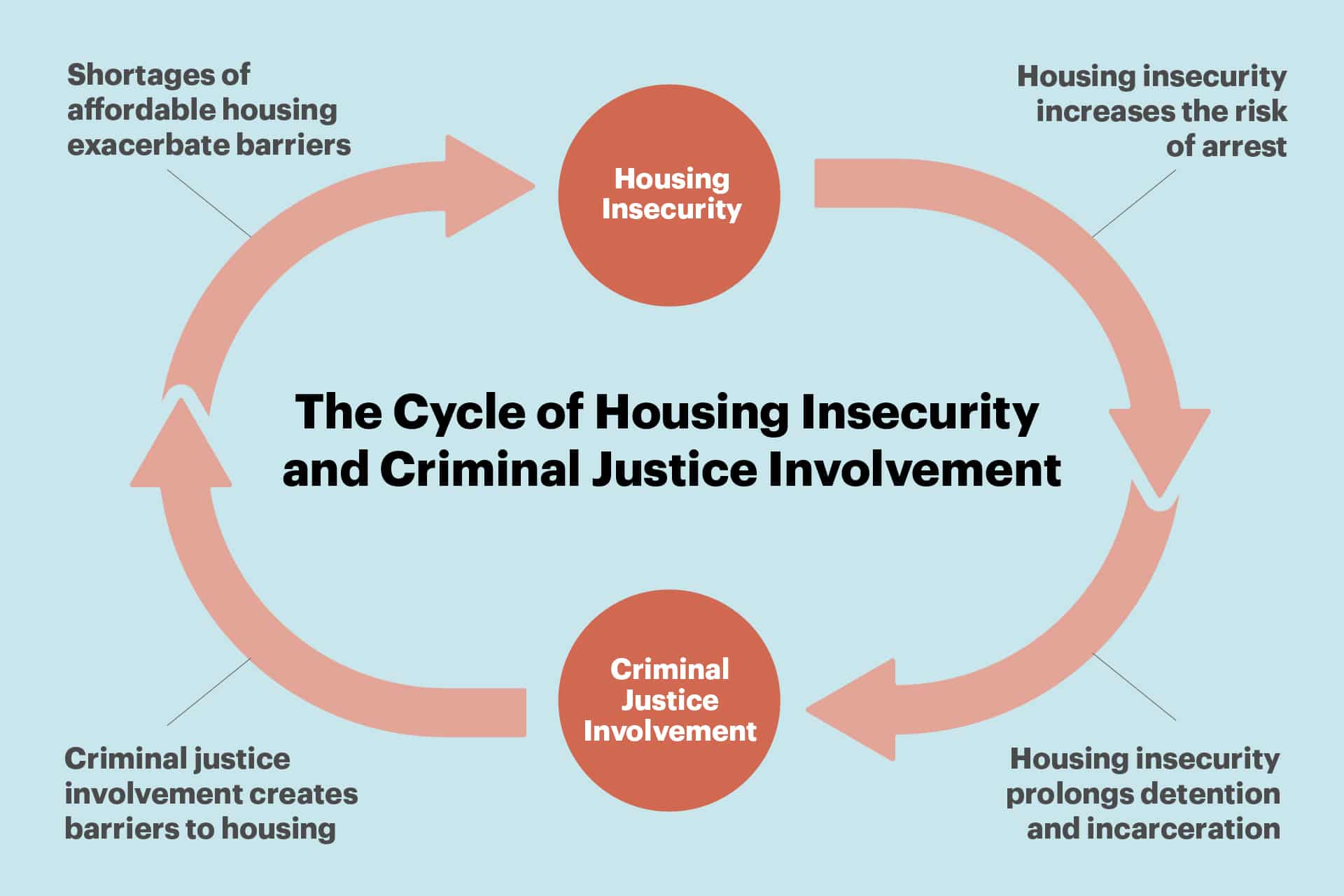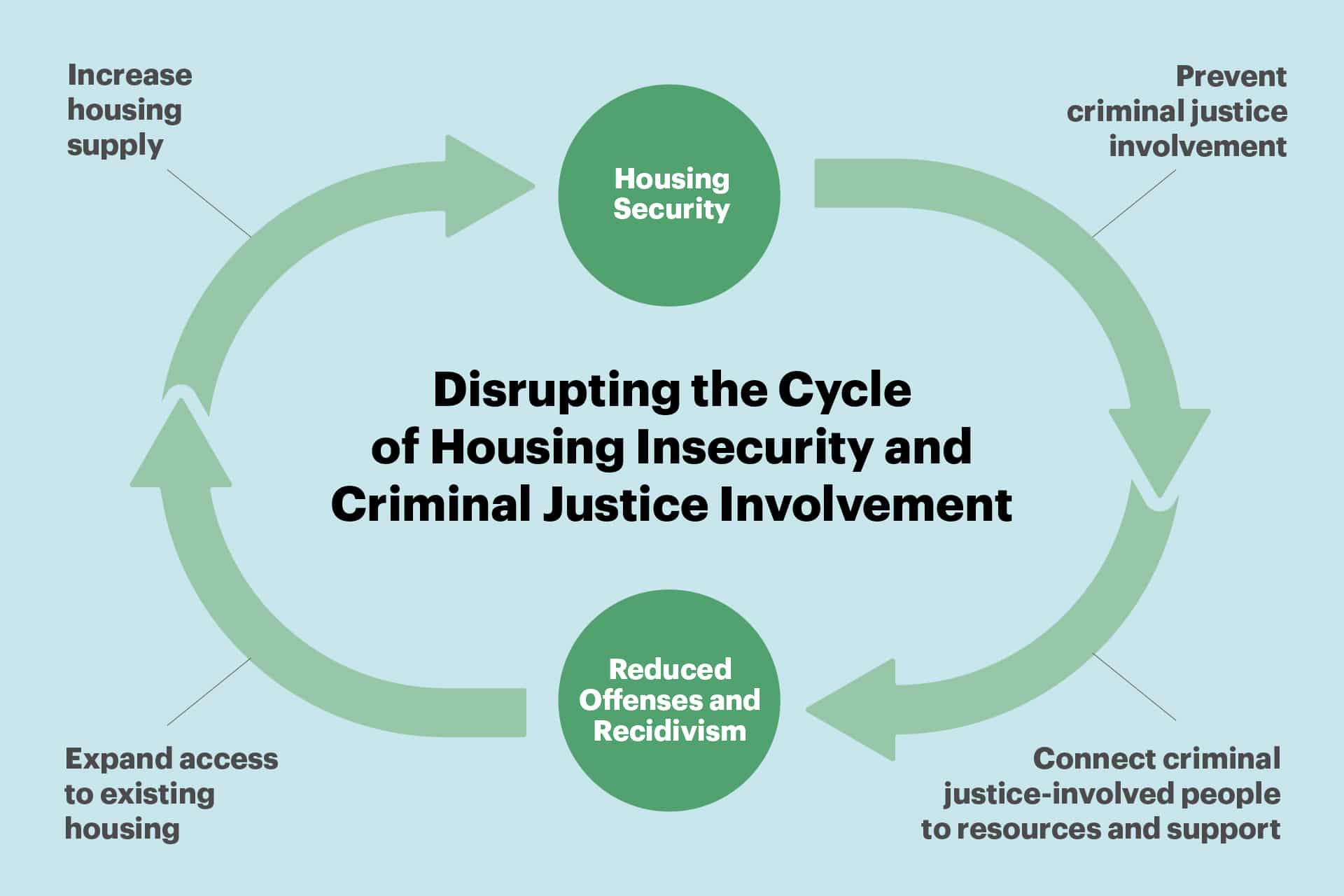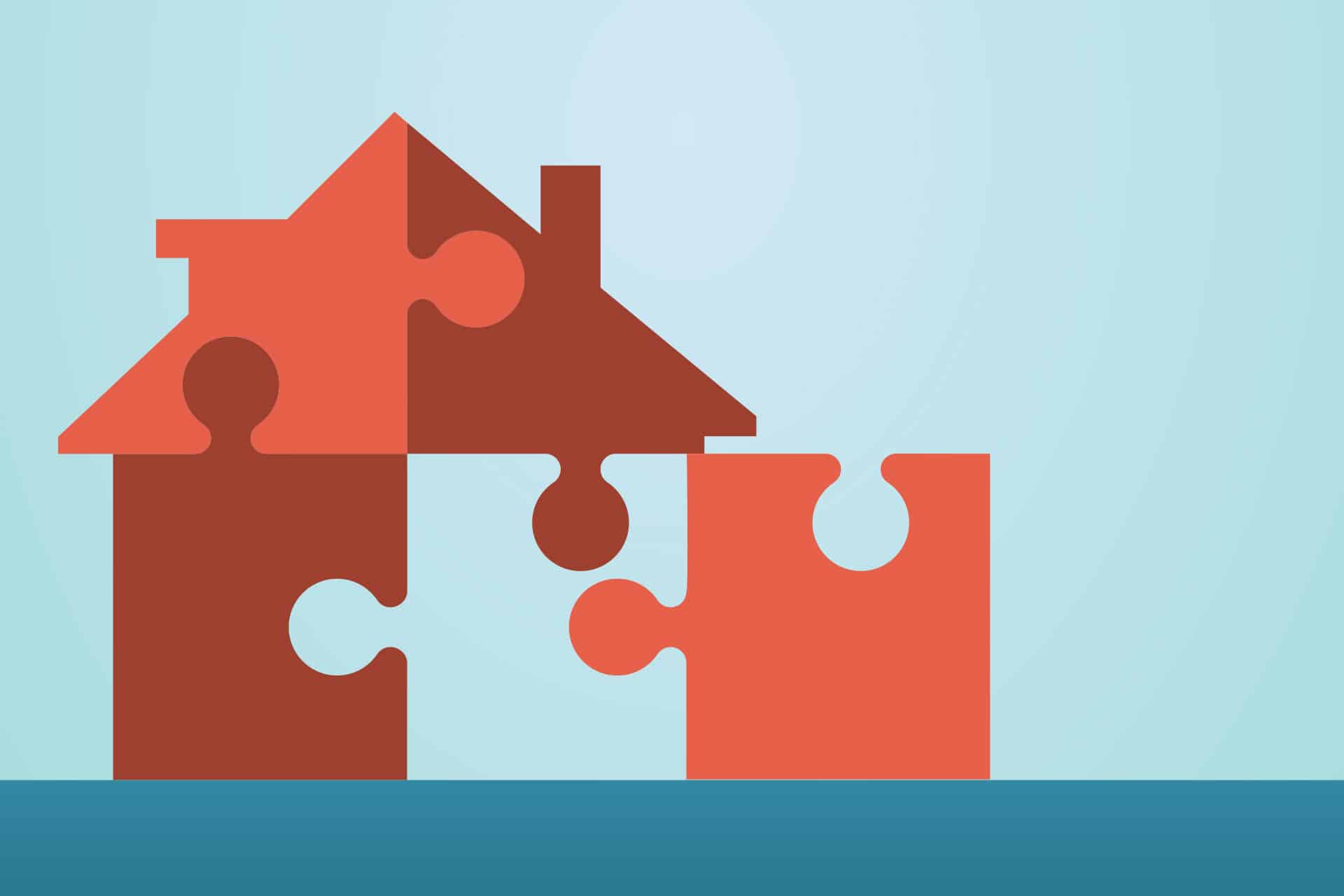Unlocking opportunities: How housing and criminal justice agencies can work together for systemic change

In 2023, the United States had one of the highest incarceration rates in the world, with approximately 1.9 million people behind bars. Incarceration is a major contributor to homelessness, as evidenced by national data suggesting that in 2021, nearly 40,000 people left a correctional facility directly for a homeless shelter.
This is almost certainly an undercount and does not capture the number of people leaving prisons for unsheltered homelessness (living on the streets or in buildings not intended for human habitation) or doubled-up homelessness (sharing housing with another household, which can lead to overcrowding and instability). Meanwhile, homelessness also drastically increases the risk of being arrested. Both incarceration and homelessness are damaging to individuals and extremely expensive for society. Research also shows that the people overwhelmingly harmed by this cycle of housing insecurity and criminal justice involvement are low-income people of color
Faced with these challenges, cities are realizing that they cannot reduce incarceration without tackling housing needs, and conversely, they cannot address housing needs without changes to the criminal justice system. The Center for Justice Innovation (CJI) partnered with the Housing Solutions Lab to study how localities can foster partnerships between housing and criminal justice agencies to take action.
Read the full report, Housing Is Justice: Exploring State and Local Innovations, by Jessica Yager, Julian Adler, Sophia House, and Brianna Williams (CJI) and Martha Galvez, Claudia Aiken, Aisha Balogun, and Nora Carrier (Housing Solutions Lab).
How are housing and criminal justice connected?
Housing insecurity increases the risk of criminal justice involvement, which in turn limits access to stable housing. This creates a vicious cycle that disproportionately impacts people of color.
Pathway 1: Housing insecurity increases the risk of arrest.
- People experiencing homelessness face criminalization for carrying out life-sustaining activities in public; homelessness itself is also criminalized.
- When people are housing insecure, they are more likely to live in neighborhoods with higher crime rates, and so be exposed to/involved in crime.
- Housing insecurity contributes to financial insecurity, anxiety, and despair, which all increase the risk of resorting to crime.
- Housing Is a Crucial Safety Intervention, a report from Partners for Justice, reviews the empirical evidence to show how unstable housing increases crime, while housing stability reduces it.
Pathway 2: Housing insecurity prolongs detention and incarceration.
- Lack of stable housing makes it less likely that someone will be released after arrest.
- Housing instability makes it harder for people to engage in diversion programming and treatment courts.
- Housing instability weighs into release decisions, since some judges and states have policies forbidding release or parole into homelessness.
Pathway 3: Criminal justice involvement creates barriers to housing.
- Arrest, case processing, and detention can result in missed work, fines and fees, familial conflict, and other consequences that destabilize financial well-being and access to housing.
- Applying for housing while incarcerated is challenging.
- Private landlords often conduct background checks to screen out tenants with criminal records.
- Eligibility criteria for housing assistance may exclude people with criminal records.
- Partners for Justice’s report, Arrests Are Driving Housing Loss, reviews the evidence showing how interactions with the criminal justice system contribute to housing stability.
Pathway 4: Shortages of affordable housing exacerbate these barriers.
- In the private market, housing shortages give landlords significant power in selecting tenants and disadvantage low-income tenants, particularly those with a criminal record.
- A scarcity of affordable and supportive housing can also be a factor in the deprioritization of people with criminal justice involvement.
Figure 1. The Cycle of Housing Insecurity and Criminal Justice Involvement

How can cities intervene to disrupt the carceral-homelessness cycle?
Cities can take meaningful action at the intersection of housing instability and criminal justice involvement.
Actions
- Increase housing supply. One of the most important actions cities can take to improve the lives of their residents is to increase the availability of safe, affordable housing. Cities can employ many strategies to encourage housing development and promote affordability, which are outlined in detail in the Lab’s Housing Policy Framework. In addition, efforts like the Just Home Project and Jubilee Housing’s Justice Housing initiative build new housing specifically for justice-involved individuals.
- Expand access to existing housing. Cities can take a number of approaches to reduce barriers to housing for people with criminal records, including limiting the use of criminal records in the tenant screening process through “fair chance” laws. Additionally, landlords can be given incentives such as sign-on bonuses, rent subsidies, and guarantees against missed rent to participate in housing subsidy programs that serve criminal justice-involved individuals. Another approach is to prioritize the allocation of public and subsidized housing for justice-involved people.
- Prevent criminal justice involvement. Cities can work to decriminalize homelessness and steer people engaged in low-level offenses away from the criminal justice system and into case management and social service programs, for example, through diversion programs and Crisis Intervention Teams (CITs). Some cities have established specialized courts, such as drug treatment, mental health, and homelessness courts, which offer alternatives to punitive resolutions and emphasize providing access to rehabilitation and support services.
- Connect criminal justice-involved people to resources and support. Local governments, housing authorities, and their partners can work with people who are incarcerated or leaving prison to search and apply for housing and housing assistance, assist them with moving costs, and connect them to wraparound services like job training, mental health counseling, and education opportunities.
Figure 2. Disrupting the Cycle of Housing Insecurity and Criminal Justice Involvement

Housing and criminal justice solutions
View a snapshot of programs addressing the housing-criminal justice nexus
Funding strategies for cities
Learn strategies to fund housing for people with criminal justice histories
How can housing and criminal justice agencies work together?
Close collaboration between housing and criminal justice agencies can help policymakers meet shared goals to reduce incarceration and homelessness, reduce government spending, and foster safer communities. The Center for Justice Innovation partnered with the Housing Solutions Lab to study why such partnerships are not more common, and what enables successful partnerships to get off the ground.
- We found that key barriers to collaboration include political will, misaligned incentives, data sharing, lack of a common language, and limited resources.
- Successful partnerships were able to align goals and incentives so that all parties were motivated to invest in a solution; test ideas and provide proof of concept to win over skeptical stakeholders; foster strategic, personal relationships across the housing and criminal justice sectors; and assemble strong, diverse teams that meaningfully involve people with lived experience.
- Learn more about collaboration by accessing our full study.
Additional resources
Partners for Justice have developed several reports that summarize the evidence linking housing and criminal justice involvement.
The Center for Justice Innovation offers many resources for cities interested in reducing and preventing criminal justice system involvement, including a guide for mapping community resources that can contribute to diversion efforts and a toolkit for police-court partnerships to address homelessness.
HUD has created a toolkit to help housing and homelessness service providers increase housing access for people impacted by criminal justice systems. The agency also developed resources to help PHAs revise their tenant screening practices and partner with reentry programs.
Communities Open the Door to Returning Prisoners. In this brief, the National Low Income Housing Coalition spotlights three localities working to reduce barriers to housing for those exiting incarceration.
Funding Housing Solutions to Reduce Jail Incarceration. This Urban Institute report sketches out an impact investment model for funding housing solutions that reduce incarceration.
